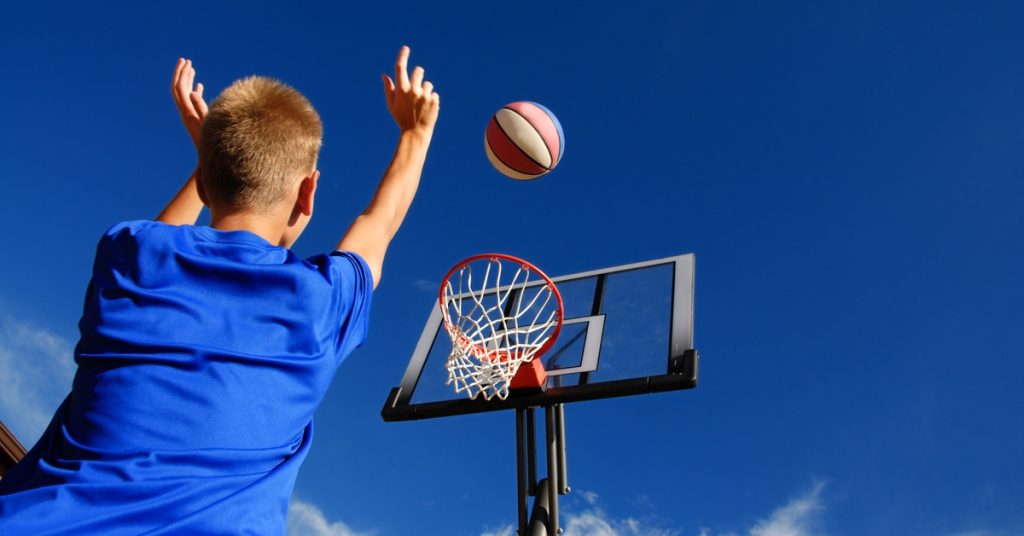Setting up a basketball hoop transforms your backyard, front yard, or driveway into an instant space where your kids can practice their shots, burn off energy, and develop a love for the game. However, the location you choose can make or break the entire experience. A well-placed hoop creates years of safe, enjoyable play, while a poorly positioned one leads to frustration, property damage, and neighborhood complaints. Here are five essential tips to help you find the perfect place for your kid’s basketball hoop.
Assess Available Space
Start by measuring your yard and considering the dimensions required for your basketball setup. A regulation basketball court measures 94 feet by 50 feet, but your backyard court doesn’t need those proportions. Most residential setups work well with a playing area of at least 20 feet by 20 feet, although a 30 feet by 20 feet area provides more comfortable gameplay.
Walk around your yard with a measuring tape and mark potential locations. Consider how much room players need to move around the hoop safely, including space for running up to shoot and backing away after making a basket.
Evaluate the Surface
The playing surface directly impacts both safety and game quality. Concrete provides the most authentic bounce and durability, making it the top choice for serious players. Asphalt offers a good compromise between cost and performance, though it may crack over time.
Avoid placing hoops on uneven ground, grass, or gravel, as these surfaces increase injury risk and make dribbling nearly impossible. If you’re installing on an existing paved area like a driveway, check for cracks, slopes, or rough patches that might trip players or create unpredictable ball bounces.
Check for Obstacles
Survey your chosen area for potential hazards that could interfere with play. Look up and around for tree branches, power lines, roof overhangs, or decorative structures that might block shots or pose safety risks. Consider nearby windows, cars, garden beds, or outdoor furniture that could suffer damage from stray balls.
Young players especially tend to shoot from various angles and distances as they learn, so you need to account for balls traveling in unexpected directions. These considerations when buying a basketball hoop become especially important if you’re choosing between portable and permanent installation options.
Consider Sunlight
Sun glare can turn shooting practice into a frustrating experience. Observe how sunlight hits different areas of your yard throughout the day, paying special attention to late afternoon when many kids practice after school.
Position the hoop so players don’t face direct sunlight when shooting from their most common positions. East-west orientations often work better than north-south alignments, as they minimize glare during peak playing hours.
Think About Neighbors
Basketball creates noise, and balls occasionally go where they shouldn’t. Choose a location that keeps most of the action away from property lines, especially areas near neighbors’ windows, gardens, or outdoor living spaces.
Consider the time of day your kids typically play and how sound might carry. A hoop placed closer to your house rather than your neighbor’s fence shows consideration and helps maintain good relationships.
Finding the right spot for a basketball hoop takes some planning, but the payoff lasts for years. Take time to evaluate each potential location against these criteria, and you’ll create a basketball setup that brings joy rather than headaches.






